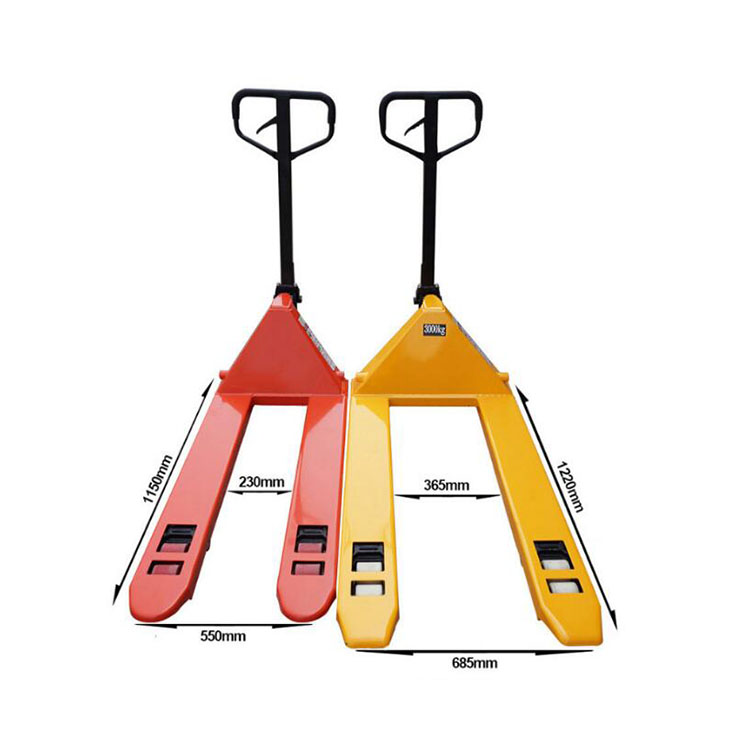


The Importance of Self-Locking Lifelines in Safety Protocols
In various industries, especially those involving heights and challenging terrains, safety is paramount. One essential piece of equipment that has gained traction in recent years is the self-locking lifeline. These advanced systems provide essential protection to workers, enhancing safety measures and minimizing the risk of accidents. Understanding the significance, functionality, and application of self-locking lifelines is crucial for anyone involved in safety management or working in high-risk environments.
What Are Self-Locking Lifelines?
Self-locking lifelines are specialized safety devices designed to secure personnel working at heights. They consist of a rope, cable, or webbing that is anchored at one end and can be attached to a harness worn by a worker. The lifeline incorporates a locking mechanism that automatically engages when tension is applied, preventing the user from falling freely. This technology allows for immediate action in the event of a slip or failure, effectively safeguarding the individual.
Benefits of Self-Locking Lifelines
One of the primary advantages of self-locking lifelines is their ability to provide continuous fall protection without requiring constant adjustment by the user. Traditional fall arrest systems often necessitate manual securing, which can be cumbersome and prone to user error. In contrast, self-locking lifelines allow for unrestricted movement while automatically engaging when needed. This feature is particularly beneficial in environments where workers may need to reposition themselves frequently, such as construction sites or during maintenance tasks on elevated structures.
Moreover, self-locking lifelines can significantly reduce the severity of injuries associated with falls
. By limiting the distance a worker can fall, they minimize the impact force experienced by the individual, thereby lessening the potential for serious injuries. This aspect is critical in industries where falls can lead to life-altering consequences, emphasizing the need for reliable safety equipment.
Applications in Various Industries
Self-locking lifelines are commonly used across multiple sectors, including construction, telecommunications, oil and gas, and rescue operations. In construction, for example, workers are often required to navigate scaffolding or rooftops, where the risk of falls is elevated. Implementing self-locking lifelines ensures that employees can complete their tasks with a heightened sense of security.
In the telecommunications industry, technicians often climb tall towers to install or repair equipment. The use of self-locking lifelines in these situations enhances safety, allowing workers to focus on their tasks without the constant worry of a fall. Constructors and technicians can work effectively while being safeguarded against unexpected slips.
Similarly, in the oil and gas sector, workers are frequently faced with rigorous environments that may involve elevated work. Self-locking lifelines provide essential support, ensuring that safety protocols are upheld in these potentially hazardous conditions. Their integration into safety protocols reflects a proactive approach to risk management, reinforcing the industry's commitment to worker safety.
Conclusion
In conclusion, self-locking lifelines play a critical role in enhancing safety measures across various high-risk industries. Their innovative design allows for automatic locking, minimizing fall risks and reducing the severity of injuries. As industries continue to evolve and the demand for heightened safety protocols grows, the incorporation of self-locking lifelines will undoubtedly become an essential component of workplace safety strategies.
Organizations should prioritize the training of employees in the proper use and maintenance of these systems, ensuring that all personnel understand their functionality and importance. By investing in high-quality self-locking lifelines and integrating them into existing safety frameworks, industries can foster a safer work environment that prioritizes the well-being of every employee. Ultimately, the emphasis on self-locking lifelines reflects a broader commitment to safety, responsibility, and care in the workplace—a goal that everyone should strive to achieve.



